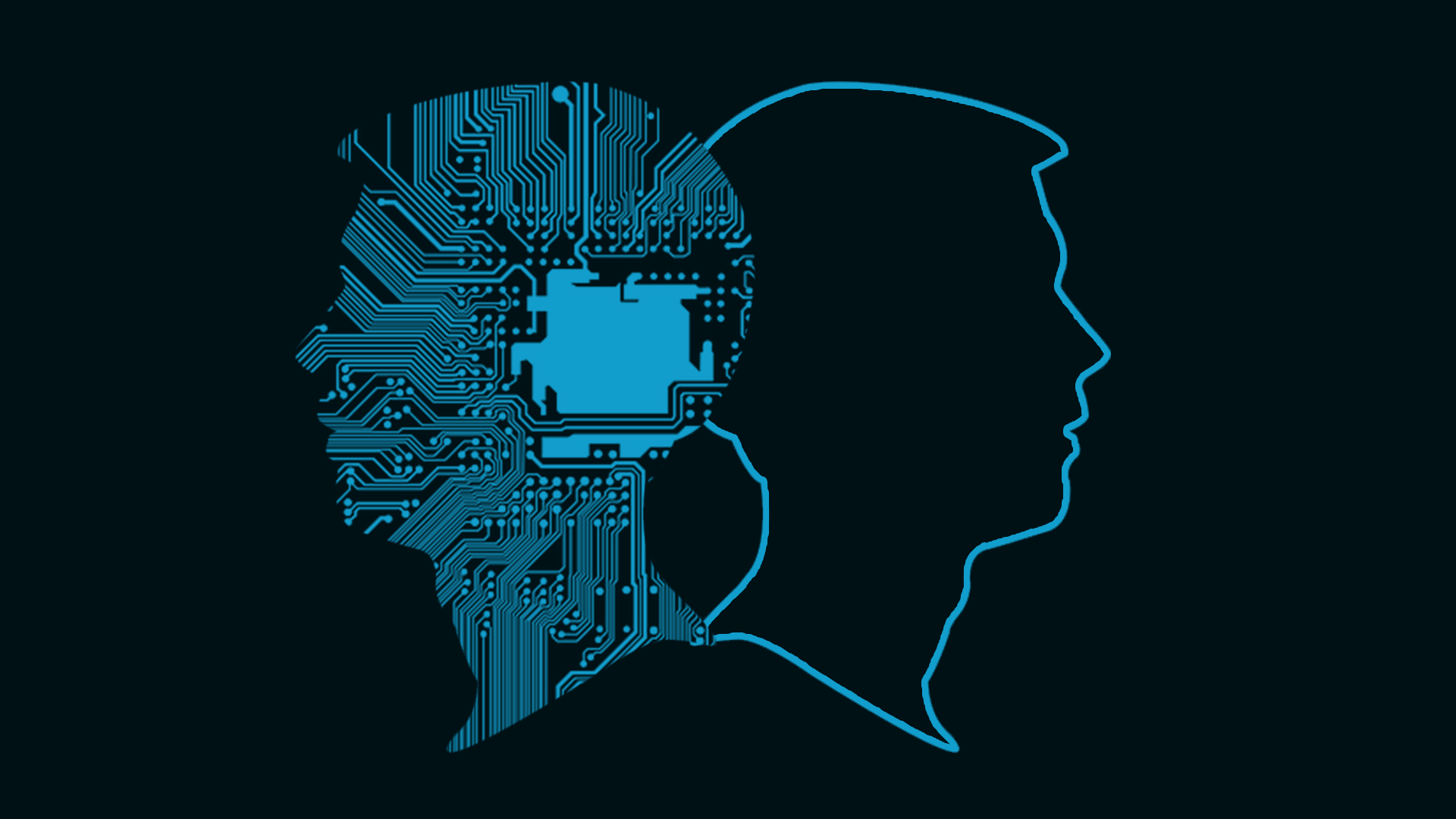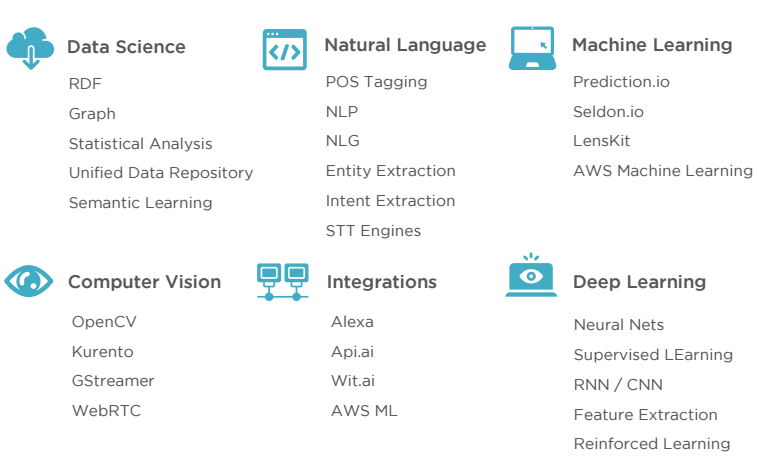There was a time when people truly believed that humans only used 10% of their brains, so much so that it fueled Hollywood Movies and self-help personas promising untapped genius. The truth? Neuroscientists have long debunked this myth, proving that nearly all parts of our brain are active, even when we’re at rest. Now, imagine AI doing the same, providing information that is untrue, except unlike us, it doesn’t have a moment of self-doubt. That’s the bizarre and sometimes dangerous world of AI hallucinations.
AI hallucinations aren’t just funny errors; they’re a real and growing issue in AI-generated misinformation. So why do they happen, and how do we build reliable AI systems that don’t confidently mislead us? Let’s dive in.
Why Do AI Hallucinations Happen?
AI hallucinations happen when models generate errors due to incomplete, biased, or conflicting data. Other reasons include:
- Human oversight: AI mirrors human biases and errors in training data, leading to AI’s false information
- Lack of reasoning: Unlike humans, AI doesn’t “think” critically—it generates predictions based on patterns.
But beyond these, what if AI is too creative for its own good?
‘Creativity Gone Rogue’: When AI’s Imagination Runs Wild
AI doesn’t dream, but sometimes it gets ‘too creative’—spinning plausible-sounding stories that are basically AI-generated fake data with zero factual basis. Take the case of Meta’s Galactica, an AI model designed to generate scientific papers. It confidently fabricated entire studies with fake references, leading Meta to shut it down in three days.
This raises the question: Should AI be designed to be ‘less creative’ when AI trustworthiness matters?
The Overconfidence Problem
Ever heard the phrase, “Be confident, but not overconfident”? AI definitely hasn’t.
AI hallucinations happen because AI lacks self-doubt. When it doesn’t know something, it doesn’t hesitate—it just generates the most statistically probable answer. In one bizarre case, ChatGPT falsely accused a law professor of sexual harassment and even cited fake legal documents as proof.
Take the now-infamous case of Google’s Bard, which confidently claimed that the James Webb Space Telescope took the first-ever image of an exoplanet, a factually incorrect statement that went viral before Google had to step in and correct it.
There are more such multiple instances where AI hallucinations have led to Human hallucinations. Here are a few instances we faced.
When we tried the prompt of “Padmavaat according to the description of Malik Muhammad Jayasi-the writer ”
When we tried the prompt of “monkey to man evolution”
Now, if this is making you question your AI’s ability to get things right, then you should probably start looking have a checklist to check if your AI is reliable.
Before diving into solutions. Question your AI. If it can do these, maybe these will solve a bit of issues:
- Can AI recognize its own mistakes?
- What would “self-awareness” look like in AI without consciousness?
- Are there techniques to make AI second-guess itself?
- Can AI “consult an expert” before answering?
That might be just a checklist, but here are the strategies that make AI more reliable:
Strategies for Building Reliable AI
1. Neurosymbolic AI
It is a hybrid approach combining symbolic reasoning (logical rules) with deep learning to improve factual accuracy. IBM is pioneering this approach to build trustworthy AI systems that reason more like humans. For example, RAAPID’s solutions utilize this approach to transform clinical data into compliant, profitable risk adjustment, improving contextual understanding and reducing misdiagnoses.
2. Human-in-the-Loop Verification
Instead of random checks, AI can be trained to request human validation in critical areas. Companies like OpenAI and Google DeepMind are implementing real-time feedback loops where AI flags uncertain responses for review. A notable AI hallucination prevention use case is in medical AI, where human radiologists verify AI-detected anomalies in scans, improving diagnostic accuracy.
3. Truth Scoring Mechanism
IBM’s FactSheets AI assigns credibility scores to AI-generated content, ensuring more fact-based responses. This approach is already being used in financial risk assessment models, where AI outputs are ranked by reliability before human analysts review them.
4. AI ‘Memory’ for Context Awareness
Retrieval-Augmented Generation (RAG) allows AI to access verified sources before responding. This method is already being used by platforms like Bing AI, which cites sources instead of generating standalone answers. In legal tech, RAG-based models ensure AI-generated contracts reference actual legal precedents, reducing AI accuracy problems.
5. Red Teaming & Adversarial Testing
Companies like OpenAI and Google regularly use “red teaming”—pitting AI against expert testers who try to break its logic and expose weaknesses. This helps fine-tune AI models before public release. A practical AI reliability example is cybersecurity AI, where red teams simulate hacking attempts to uncover vulnerabilities before systems go live
The Future: AI That Knows When to Say, “I Don’t Know”
One of the most important steps toward reliable AI is training models to recognize uncertainty. Instead of making up answers, AI should be able to respond with “I’m unsure” or direct users to validated sources. Google DeepMind’s Socratic AI model is experimenting with ways to embed self-doubt into AI.
Conclusion:
AI hallucinations aren’t just quirky mistakes—they’re a major roadblock in creating trustworthy AI systems. By blending techniques like neurosymbolic AI, human-in-the-loop verification, and retrieval-augmented generation, we can push AI toward greater accuracy and reliability.
But here’s the big question: Should AI always strive to be 100% factual, or does some level of ‘creative hallucination’ have its place? After all, some of the best innovations come from thinking outside the box—even if that box is built from AI-generated data and machine learning algorithms.
At Mantra Labs, we specialize in data-driven AI solutions designed to minimize hallucinations and maximize trust. Whether you’re developing AI-powered products or enhancing decision-making with machine learning, our expertise ensures your models provide accurate information, making life easier for humans







